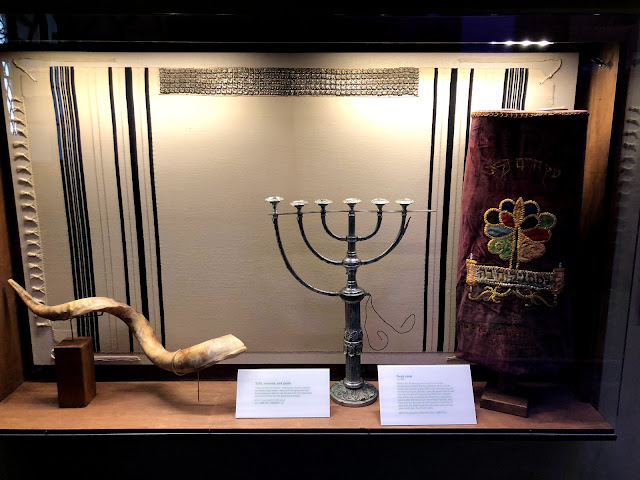Ten years later, the region was still recovering from Katrina. The New Orleans metro area's population had dropped dramatically, from 1.386 million in 2005 to 1.04 million in 2006. By 2014, it had climbed back to 1.252 million, according to the U.S. Census Bureau. The number of housing units and business establishments had also fallen and by 2014 had not returned to pre-2005 levels. (Hurricane Katrina)
Charity Hospital
Charity Hospital at one time was the second oldest and second largest free hospital in the history of the United States. It operated for 300 continuous years. During Hurricane Katrina it suffered damage and the hospital was promptly closed. Following the storm there were several efforts to clean up the hospital and make it operational again, but it never came back online. (Charity Hospital)
During Katrina, evacuation began at Charity Hospital. Then there were reports of a sniper or shooter that resulted in evacuation efforts to withdraw. The hospital was filled with doctors, nurses, patients, and family members. They were stranded for five days. They had heard reports that they were already evacuated. They wanted to raise morale and let outsiders know they were still there so they made banners to hand outside the windows.
 |
| One of the banners recovered from Hurricane Katrina |
Inside Hospital after flooding
Threat of Loss
Houses of worship offer refuge and assistance in the wake of disasters. After the hurricanes of 2005, these structures were in as much need as their congregations. Despite flooding or full destruction, many of these spiritual establishments became central to both the rebuilding and rebirth of neighborhoods. Members gathered around their temples, churches, synagogues, and mosques in search of familiarity, direction and community. Congregation Beth Israel, whose sacred objects are featured here is but one example of hundreds. (Presbytere)
Jazzland/Six Flags New Orleans
Jazzland opened in New Orleans in 2000. However, the park was not profitable. In 2001, the lease was put up for sale, and in March 2002 Six Flags purchased the lease, although the park's name did not change that year. In 2003, the park was updated and renamed Six Flags New Orleans. The last day the park operated was August 21, 2005. Weekday operations had ended a couple weeks earlier, as schools start early in August in the New Orleans area and end in mid-May. The park was scheduled to reopen on August 27 and August 28, but once Katrina was forecast late on Friday, August 26 to directly hit New Orleans, the weekend opening was cancelled in order to prepare for the storm and begin evacuations.
After Katrina hit, the park was heavily flooded. After the park's drainage pumps failed during the storm, the berm retained the combination of rainwater and sea water overflow from Lake Pontchartrain caused by Katrina's massive storm surge, submerging the entire park grounds in corrosive, brackish floodwater to a depth of 4 to 7 feet (1.2 to 2.1 m) for over a month. Due to the extensive water and wind damage received, the park was closed indefinitely without plans to reopen. (New Orleans Six Flags)
The park is now considered abandoned and is illegal to trespass, however many have gone on to the grounds and have graffitied the abandoned buildings and rides.
Graffiti in Abandoned Park
Other abandoned places in New Orleans due to Hurricane Katrina
Completed by: Ashley Ince








No comments:
Post a Comment